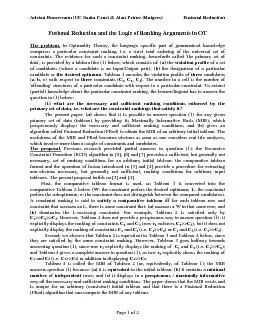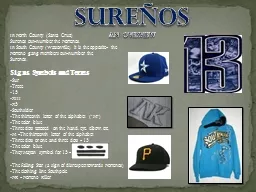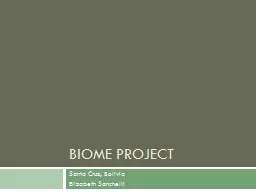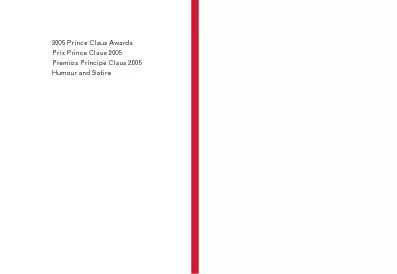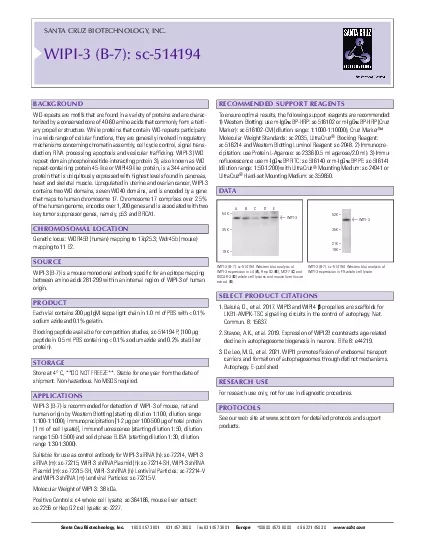PDF-Adrian Brasoveanu (UC Santa Cruz) & Alan Prince (Rutgers) Fusional R
Author : karlyn-bohler | Published Date : 2015-09-23
In Optimality Theory the language specific part of grammatical knowledge comprises a particular constraint ranking ie a strict total ordering of the universal set
Presentation Embed Code
Download Presentation
Download Presentation The PPT/PDF document "Adrian Brasoveanu (UC Santa Cruz) & Alan..." is the property of its rightful owner. Permission is granted to download and print the materials on this website for personal, non-commercial use only, and to display it on your personal computer provided you do not modify the materials and that you retain all copyright notices contained in the materials. By downloading content from our website, you accept the terms of this agreement.
Adrian Brasoveanu (UC Santa Cruz) & Alan Prince (Rutgers) Fusional R: Transcript
Download Rules Of Document
"Adrian Brasoveanu (UC Santa Cruz) & Alan Prince (Rutgers) Fusional R"The content belongs to its owner. You may download and print it for personal use, without modification, and keep all copyright notices. By downloading, you agree to these terms.
Related Documents

